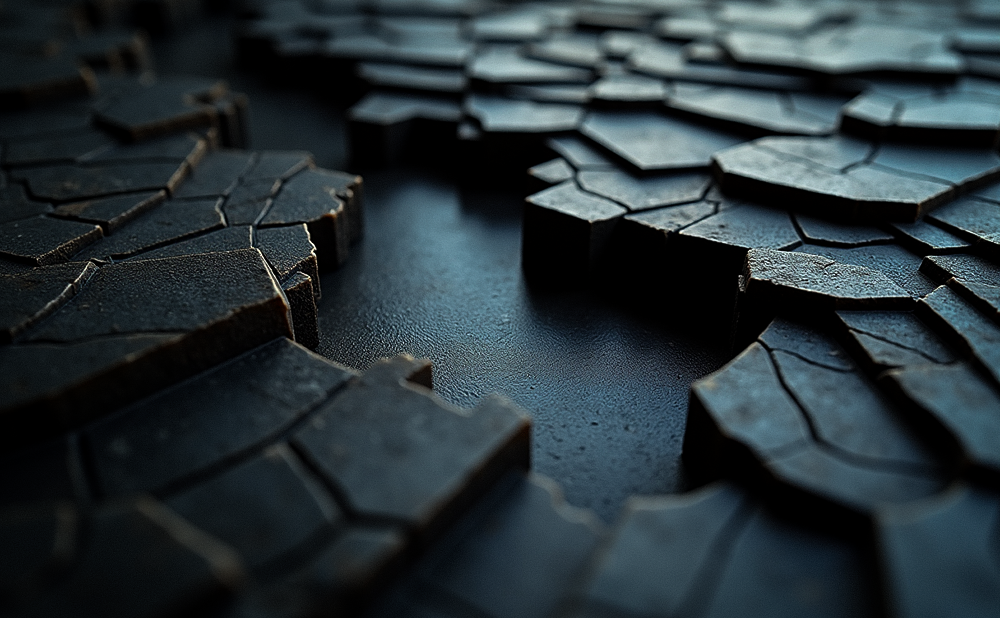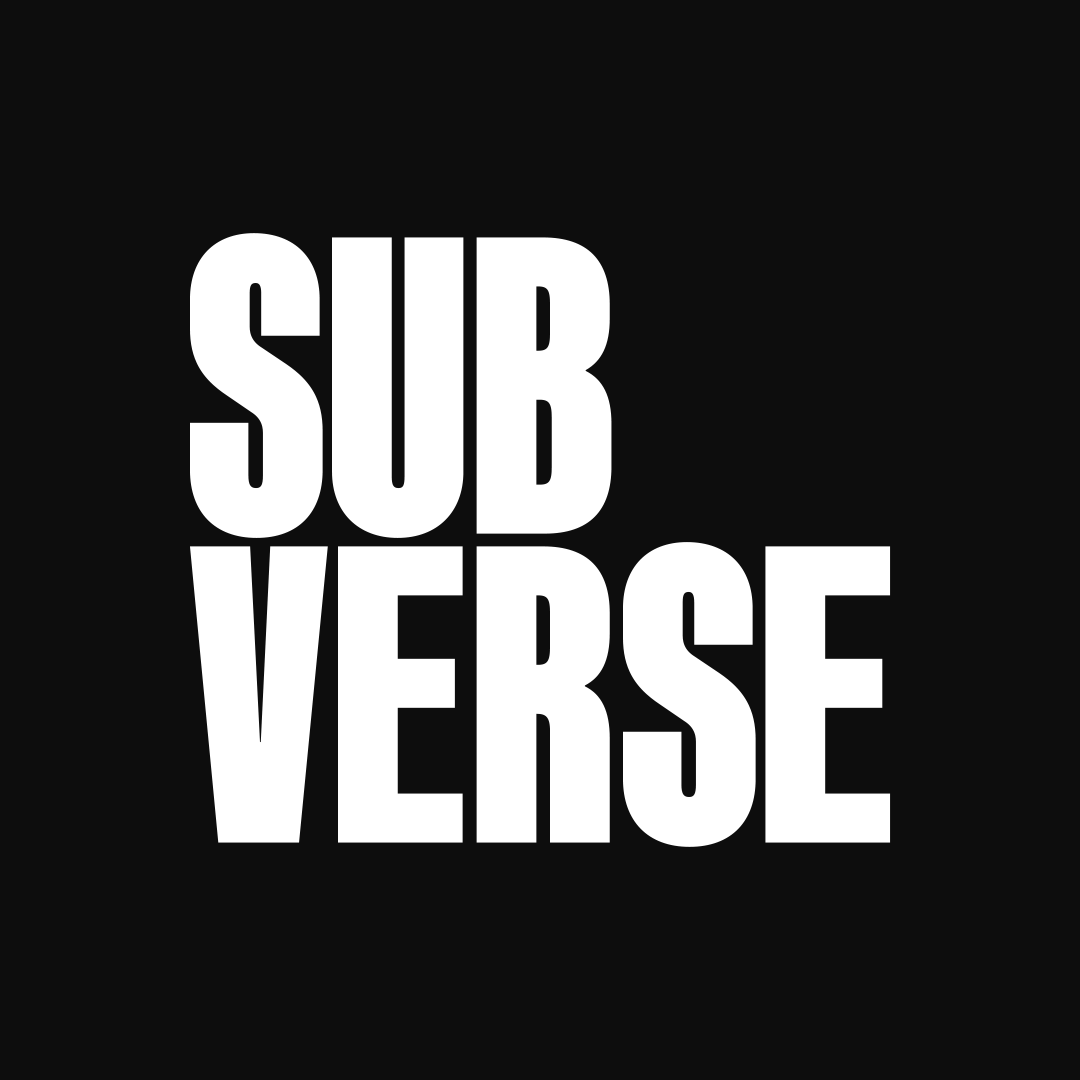Design philosophy is more than just aesthetics; it directly influences our psychology, productivity, and overall wellbeing. Are you overwhelmed by clutter or perhaps feel stifled in a plain space? Understanding the contrasting yet complementary philosophies of minimalism and maximalism can unlock the door to not only a more functional workspace but a healthier mental state as well. This article delves deeply into how these two styles affect us psychologically, how they can enhance our productivity, and how a harmonious blend of the two might just be the perfect solution.
Understanding Minimalism and Maximalism
Minimalism
At its core, minimalism promotes simplicity. It focuses on decluttered spaces, where each element serves a purpose. Imagine walking into a room painted in soft neutrals, with only a few carefully chosen pieces of art. The psychological advantages of minimalism are numerous:
- Reduced Distractions: A clear space leads to a clear mind, allowing for greater concentration on tasks at hand.
- Increased Focus: With fewer visuals vying for your attention, you're likely to experience heightened cognitive functioning.
- Calm and Tranquility: Studies show that a minimalist approach can foster feelings of peace and serenity.
Maximalism
On the flip side, maximalism thrives on abundance. This design philosophy embraces vibrant colors, eclectic decor, and rich textures, creating spaces that evoke personality and energy. The benefits of maximalism include:
- Enhanced Creativity: An environment saturated with colors and patterns can ignite creative thinking and innovation.
- Stimulation and Engagement: A lively space stimulates the senses, making it an inspiring backdrop for brainstorming and collaboration.
- Personal Connection: Maximalist designs often reflect individual identity, fostering a sense of belonging and connection to one's environment.
The Psychological Effects of Minimalism on Productivity and Wellbeing
Clarity and Focus
Research has shown that reduced visual clutter enhances cognitive functioning. For instance, a study from the Princeton University Neuroscience Institute found that too much visual clutter can interfere with the brain’s ability to process information. When spaces are simplified, individuals report improved clarity and concentration.
Reduced Stress and Anxiety
A minimalist environment can contribute significantly to lower stress levels. According to a study published in the Journal of Environmental Psychology, individuals exposed to minimalist environments exhibited a reduced sense of anxiety, attributing this to the tranquil aesthetics that encourage mindfulness.
Case Study
Consider a leading tech company that redesigned its offices to embrace minimalism. By incorporating open spaces, natural light, and minimal furnishings, employee productivity soared by 20% within six months. Team members reported feeling less overwhelmed and more focused, affirming the mental benefits of a minimalist workspace.
The Psychological Benefits of Maximalism
Enhanced Creativity
Maximalist spaces can be breeding grounds for creativity. Research indicates that a visually stimulating environment encourages the brain to make broader associations and foster innovative thoughts.
Personal Connection and Expression
Maximalist designs typically reflect personal stories and identities. A workspace filled with eclectic items can lead to an increased feeling of belonging, making individuals feel more connected to their surroundings.
Examples from Real-Life Maximalist Workspaces
Many renowned creative agencies and artist studios adopt a maximalist approach. For example, the vibrant office of an advertising agency in New York is decorated with varied art pieces, colorful furniture, and numerous plants, reflecting the individual styles of its employees. The result? A highly collaborative environment where ideas flow freely.
Finding Balance: The Benefits of a Hybrid Approach
Integrating Minimalism and Maximalism
Combining elements from both styles can lead to a uniquely personalized space that supports productivity and wellbeing. Minimalism can highlight maximalist features, creating dynamic yet harmonious environments.
Design Strategies
To effectively blend these styles, consider the following strategies:
- Use White Space: Allow for ample breathing room with white or neutral backgrounds that showcase maximalist art pieces.
- Curate Intentionally: Choose maximum decor that tells a story, ensuring each item contributes meaningfully to the space.
Real-World Examples
A notable example is a co-working space that combines minimalistic work zones with maximalist lounges adorned with colorful art and bespoke furniture. Users report heightened creativity in collaborative meeting spaces while enjoying focused work sessions in quieter, minimalist areas.
Challenges and Considerations
Potential Overwhelm from Maximalism
While maximalism can be stimulating, it also runs the risk of overstimulation. Too many competing visuals can lead to decision fatigue and anxiety. It’s essential to find a balance.
Finding Personal Preference
Understanding personal inclinations towards design is crucial. Take some time to reflect on your response to different environments. How do they make you feel? This introspection can guide you to a design that suits your individual needs.
Conclusion
Both minimalism and maximalism offer unique psychological benefits that impact productivity and wellbeing. A well-balanced approach can enhance the positive impacts of each style, creating a space that reflects both simplicity and vibrancy. Reflect on your environment and consider making mindful design changes that could lead to improved productivity and wellbeing.
Are you ready to embrace a design philosophy that empowers you? Share your workspace transformations using #DesignYourLife and connect with like-minded individuals who are also navigating the vibrant world of design psychology!
For further insights on productivity hacks and environmental psychology, check out our related articles here.

